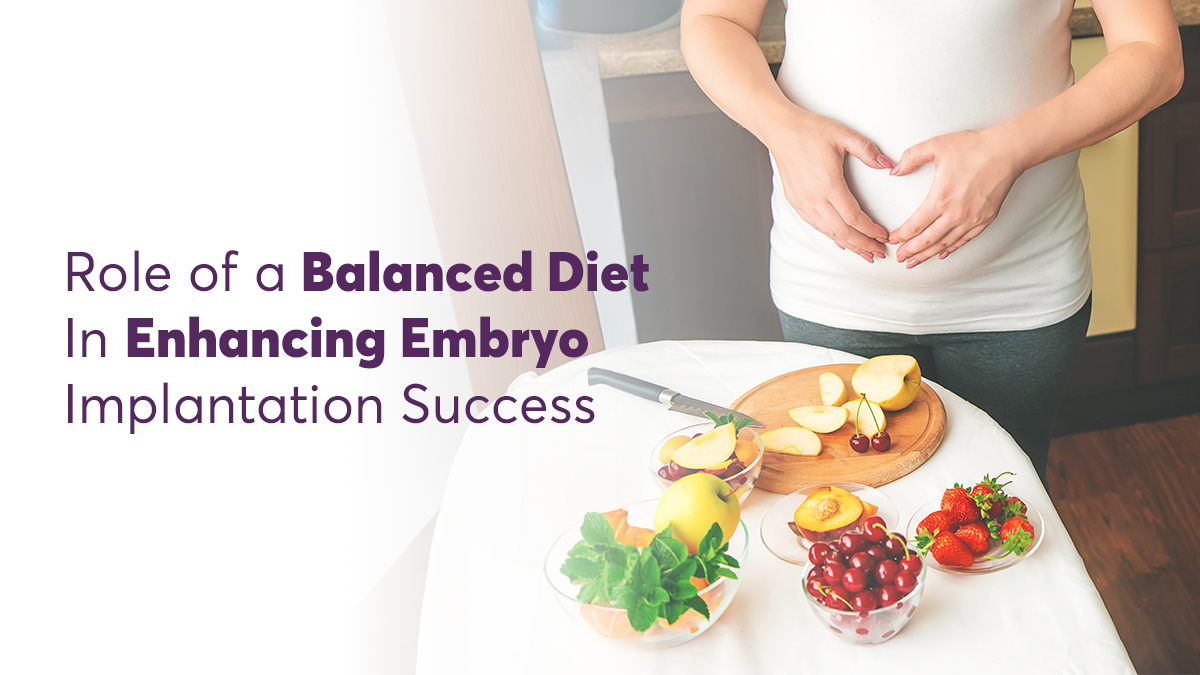After an embryo transfer, the goal is to support implantation, reduce inflammation, and maintain a balanced immune system. Here are safe and effective natural methods to boost implantation chances:
1. Diet & Nutrition for Implantation
✅ Increase Progesterone-Supporting Foods
- Warm foods like sweet potatoes, pumpkin, carrots (rich in beta-carotene).
- Avocados, nuts, and seeds (healthy fats for hormone balance).
- Eggs and dairy (good for progesterone production).
✅ Anti-Inflammatory & Uterus-Friendly Foods
- Leafy greens (spinach, moringa, methi) → Supports blood circulation.
- Pineapple core (bromelain) → Aids implantation (eat in moderation for 3-5 days after transfer).
- Walnuts & flaxseeds → Omega-3s reduce inflammation and help blood flow to the uterus.
✅ Hydration is Key
- Coconut water & lemon water → Reduces bloating and keeps uterus hydrated.
- Warm herbal teas (ginger, chamomile) → Supports digestion but in moderation.
⛔ Avoid
- Too much caffeine (limit to 1 small cup of tea/coffee per day).
- Junk & processed foods (increase inflammation).
- Cold/raw foods (may affect uterine blood circulation).
2. Lifestyle & Physical Activity
✅ Gentle Movement
- Slow walking (15-20 minutes a day) → Encourages blood flow.
- Mild stretching & deep breathing exercises (NO heavy workouts).
✅ Sleep & Stress Management
- Sleep 7-8 hours → Melatonin supports embryo implantation.
- Meditation & deep breathing → Helps balance stress hormones.
⛔ Avoid
- Lifting heavy objects (puts pressure on the uterus).
- Overheating (hot baths, saunas, or heat packs on the belly).
3. Natural Supplements (Check with Doctor First!)
✅ L-Arginine & CoQ10 → Improves blood flow to the uterus.
✅ Vitamin D → Essential for embryo development (sunlight exposure is helpful).
✅ Omega-3s (Fish Oil or Flaxseeds) → Supports a healthy immune response.
✅ Selenium (Brazil nuts) → Helps implantation.
4. Avoid Overactive Immune Reactions
- Intralipid Therapy or Prednisolone (if your immune system is overactive, as seen in your blood report).
- Avoid new allergens or infections (no new foods or travel to high-infection areas).
Final Thoughts
✔ Eat warm, progesterone-rich foods
✔ Stay relaxed & avoid stress
✔ Gentle movement but no intense exercise
✔ Check with your doctor before taking new supplements
Disclaimer
The information provided in this blog is for educational and informational purposes only and is not intended as medical advice. While every effort has been made to ensure accuracy, the content is based on general research, nutritional principles, and personal insights.
Individual health conditions, fertility treatments, and dietary needs vary from person to person. Always consult with your fertility specialist, doctor, or a registered dietitian before making any changes to your diet, supplements, or treatment plan, especially during fertility treatments like IVF, IUI, or embryo transfer.
This blog does not claim to diagnose, treat, cure, or prevent any medical conditions. The author and publisher are not responsible for any adverse effects resulting from the use of the information provided.
If you have any specific medical concerns, please seek professional medical advice from a qualified healthcare provider.

Comments
Post a Comment